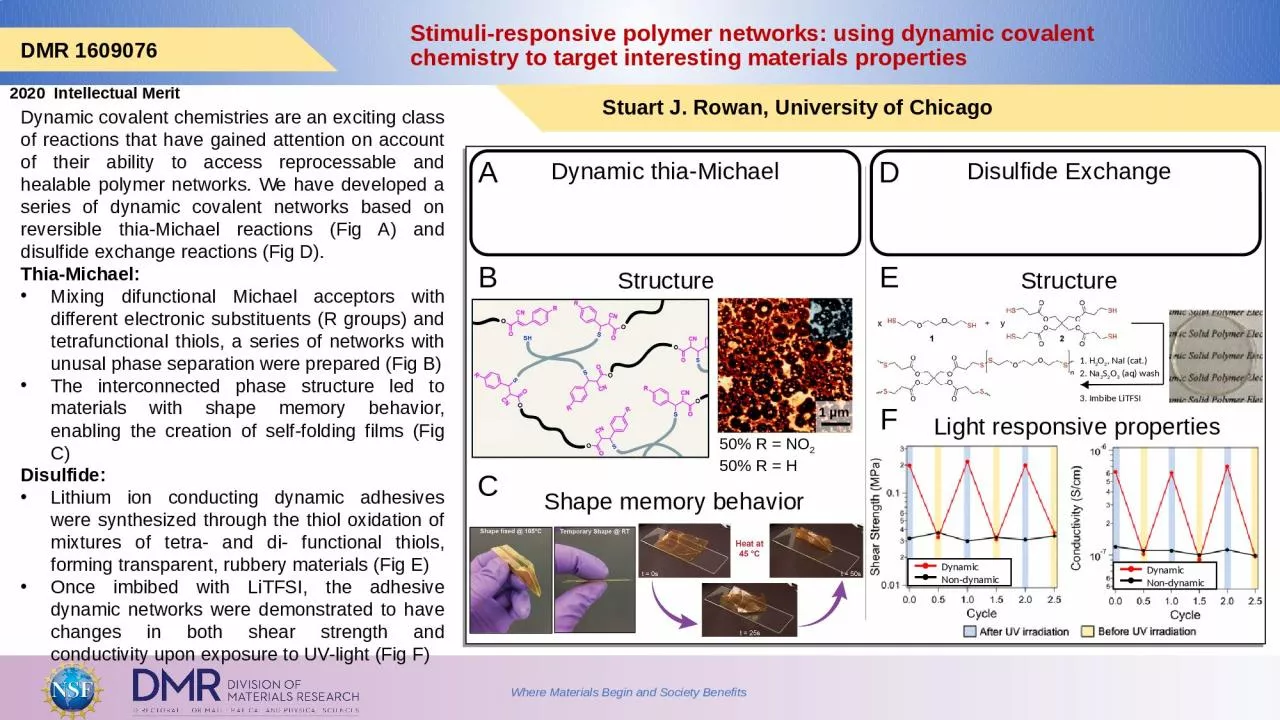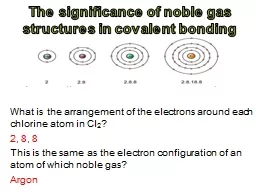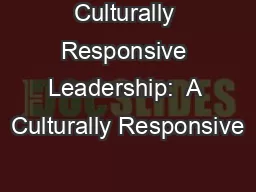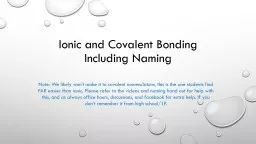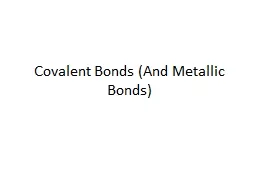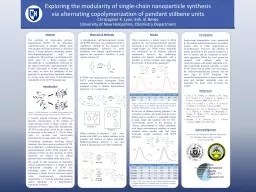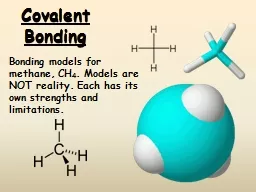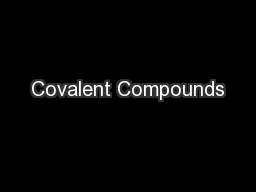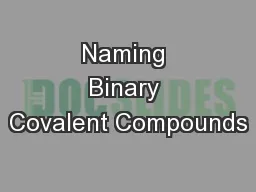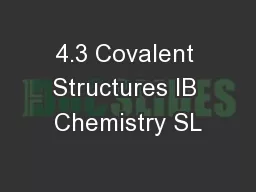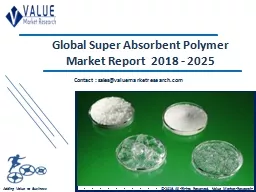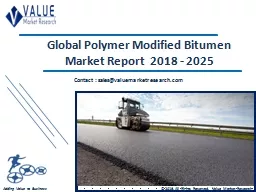PPT-Stimuli-responsive polymer networks: using dynamic covalent chemistry to target interesting
Author : gabriella | Published Date : 2023-05-22
DMR 1609076 2020 Intellectual Merit Stuart J Rowan University of Chicago Dynamic covalent chemistries are an exciting class of reactions that have gained attention
Presentation Embed Code
Download Presentation
Download Presentation The PPT/PDF document "Stimuli-responsive polymer networks: usi..." is the property of its rightful owner. Permission is granted to download and print the materials on this website for personal, non-commercial use only, and to display it on your personal computer provided you do not modify the materials and that you retain all copyright notices contained in the materials. By downloading content from our website, you accept the terms of this agreement.
Stimuli-responsive polymer networks: using dynamic covalent chemistry to target interesting: Transcript
Download Rules Of Document
"Stimuli-responsive polymer networks: using dynamic covalent chemistry to target interesting"The content belongs to its owner. You may download and print it for personal use, without modification, and keep all copyright notices. By downloading, you agree to these terms.
Related Documents

